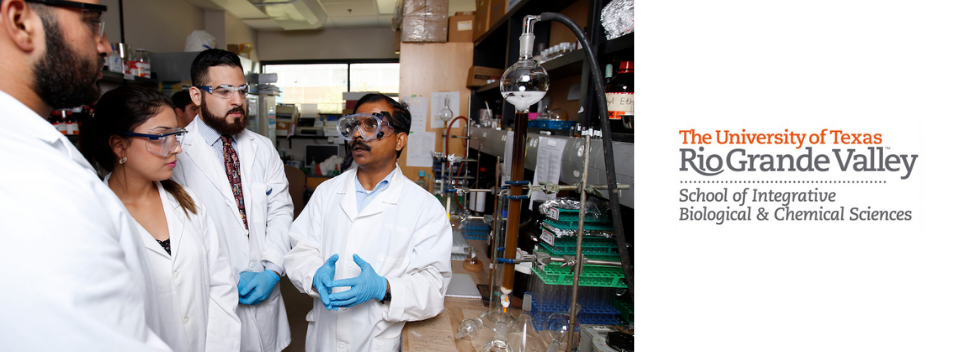
School of Integrative Biological & Chemical Sciences Faculty Publications and Presentations
Document Type
Article
Publication Date
12-23-2023
Abstract
Growing food autonomously on Mars is challenging due to the Martian soil's low nutrient content and high salinity. Understanding how plants adapt and evaluating their nutritional attributes are pivotal for sustained Mars missions. This research delves into the regeneration, stress tolerance, and dietary metrics of sweet potato (Ipomoea batatas) across different Mars Global Simulant (MGS-1) concentrations (0, 25, 50, and 75%). In our greenhouse experiment, 75% MGS-1 concentration significantly inhibited sweet potato growth, storage root biomass, and chlorophyll content. This concentration also elevated the plant tissues' H2O2, proline, and ascorbic acid levels. Higher MGS-1 exposures (50 and 75%) notably boosted the vital amino acids and sugar groups in the plant's storage roots. However, increased MGS-1 concentrations notably diminished the total C:N ratio and elemental composition in both the vines and storage roots. In summary, sweet potato exhibited optimal growth, antioxidant properties, yield, and nutrient profiles at 25% MGS-1 exposure as compared to higher concentrations. This study underscores the need for future interventions, like nutrient enhancements and controlled metal accessibility, to render sweet potato a suitable plant for space-based studies.
Recommended Citation
Chinnannan K, Somagattu P, Yammanuru H, Nimmakayala P, Chakrabarti M, Reddy UK. Effects of Mars Global Simulant (MGS-1) on Growth and Physiology of Sweet Potato: A Space Model Plant. Plants. 2024; 13(1):55. https://doi.org/10.3390/plants13010055
Creative Commons License

This work is licensed under a Creative Commons Attribution 4.0 International License.
Publication Title
Plants
DOI
10.3390/plants13010055


Comments
© 2023 by the authors. This article is an open access article distributed under the terms and conditions of the Creative Commons Attribution (CC BY) license (https://creativecommons.org/licenses/by/4.0/).